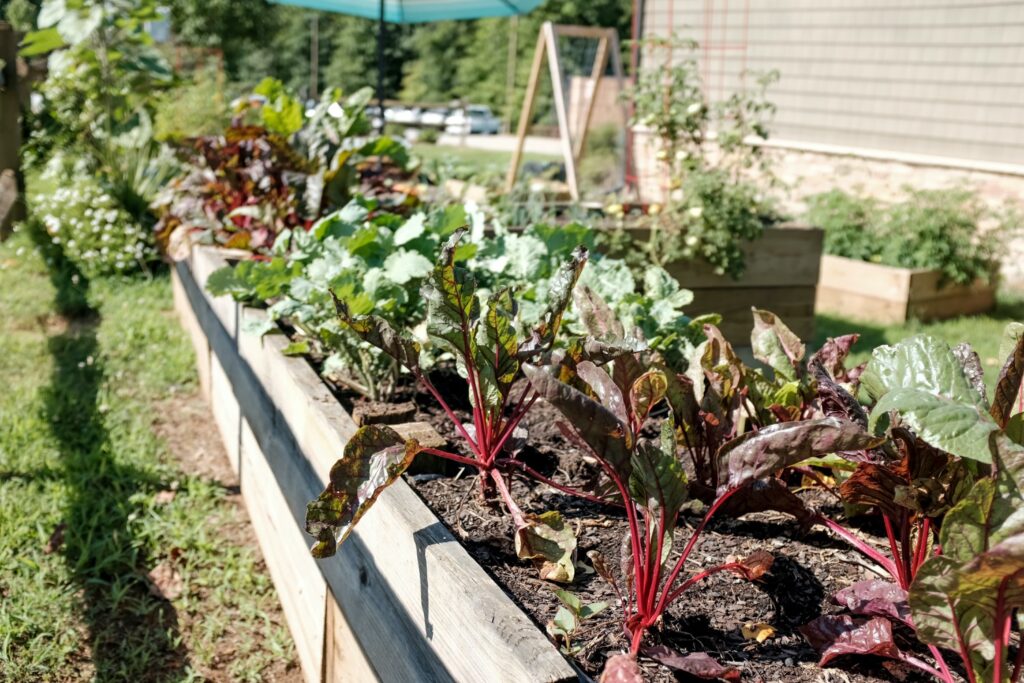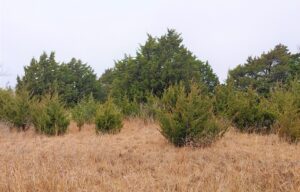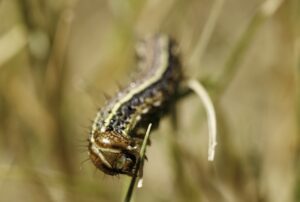Kathy Berryhill
Creek County Master Gardener
Many local gardens did well this year in spite of the high temperatures. Many vegetables and herbs that were planted last spring produced a good harvest. As we know, Oklahoman gardens can produce delicious tomatoes, squash, cucumbers, onions and many other vegetables. However, other gardens didn’t fare as well. Heat stress, drought, bugs and disease greatly reduced our harvest. Thankfully gardeners in our climate have the benefit of two gardening seasons. If your plants have begun to struggle, or have quit producing, consider undertaking a fall garden.

In the past, I have kept my tomato plants alive throughout the summer hoping for a fall rebound bloom. So far, this attempt has not yielded a good result. Many gardeners will choose to refresh their fading spring garden with a supply of new plants. Nurseries and local garden centers still have a good supply of plants to choose from. While this method is more expensive than starting from seeds, it is an easier way to guarantee results.
When shopping, select the healthiest plants available. Look for plants with healthy foliage that do not have excessive roots growing out of the drain holes. Excessive roots would indicate the plant is severely rootbound. Small plants are a good choice as they are less expensive and easier to handle. Read the plant labels carefully and plant according to recommendations. While it’s tempting to cram plants close together, they may not have the space needed to produce when they reach their mature size.
Soak the new plant prior to planting to help reduce the stress on the plant. Then slide the root ball out of the container and gently loosen the roots on the side. Dig a hole twice the size of the root ball but keep the same depth. Place the plant in the soil and backfill with garden dirt or compost. Spread 2”-3” of mulch around the plant, avoiding the stem. Water after planting and recheck the planting height as settling may have occurred. Insects will have had a head start on our young plants so frequently check the plant, determine the pest and take the proper control measure.
Tender vegetables are those that will not survive a freeze but will have time to produce if seeded at the proper time. While it is too late to start larger plants such as tomatoes from seed, other plants like beans, peas and cilantro can grow in time to harvest. Semi hardy vegetables that can survive colder temperatures can be planted now. Those plants include parsnip, broccoli, Brussel sprouts & carrots. In another month cabbage, cauliflower, Swiss chard, turnips, beets, radish, peas, lettuce, Irish potatoes can be planted. And once September arrives plantings of kale, onions, garlic and spinach should survive and produce in our gardens throughout the colder weather.
If you haven’t already established a garden, select a location that has at least 6 hours of sun. Make sure that you have a source of water handy or that you can supply adequate water. Due to higher daytime temperatures at this time of the year, plants will need supplemental irrigation. A good drip irrigation system is beneficial due to the constant source of moisture. If you haven’t installed a system, consider undertaking this fairly easy DIY project.
Begin by preparing your bed for planting. Remove any spent plants, weeds, rocks and dirt clods. Then supplement your soil with bagged compost, adding 4”-6” over the area and mixing it in with the dirt. (Note: Avoid buying compost that has been sitting in the hot sun for months as much of the beneficial nutrients won’t be available.) Always smooth out the soil until it’s level and even.
If you are going to start your plants by seed, soak the seeds first overnight. Doing so will encourage germination. Our Oklahoma summer months of July and August produce high temperatures which rapidly dry out the soil. Seeds have to be kept uniformly wet to grow so planting this time of the year may require additional steps. Along with supplying consistent moisture, consider shading the rows either with mulch or material. This will keep the soil temperature lower and slow down evaporation. After the seedlings emerge, row covers can be removed.
For specific planting dates, refer to the OSU Fact Sheet HLA 6009 “ Fall Planting”.










